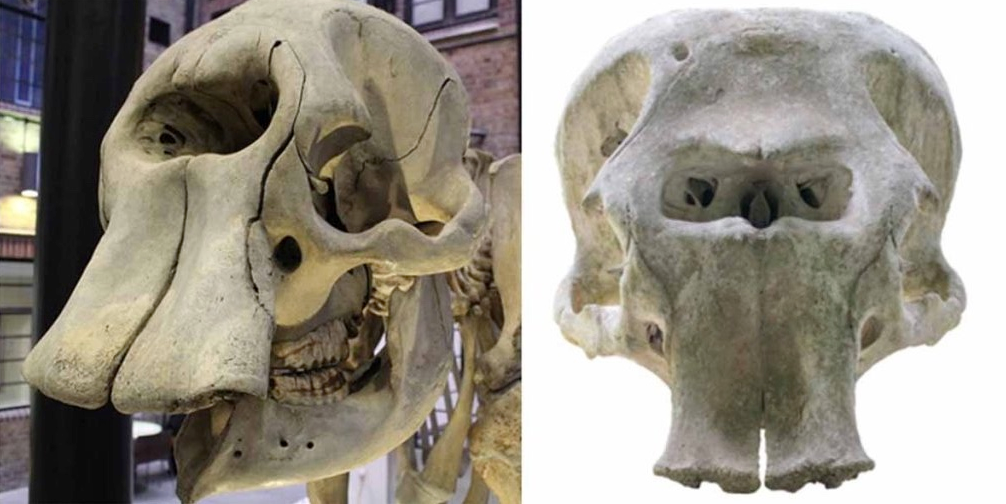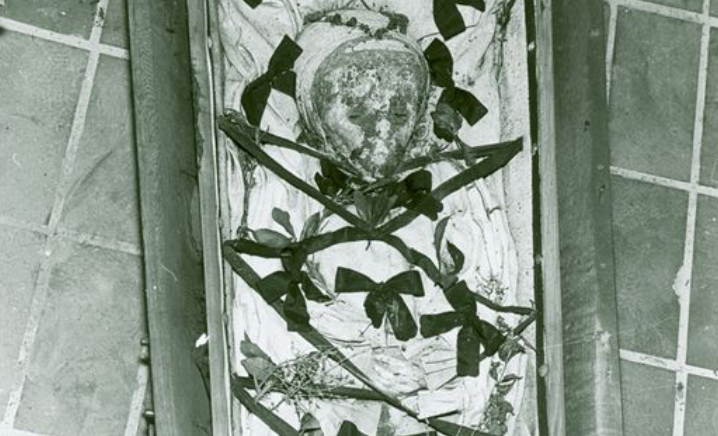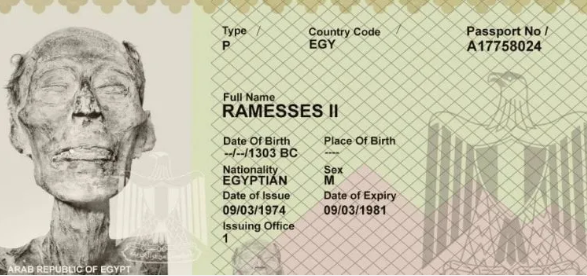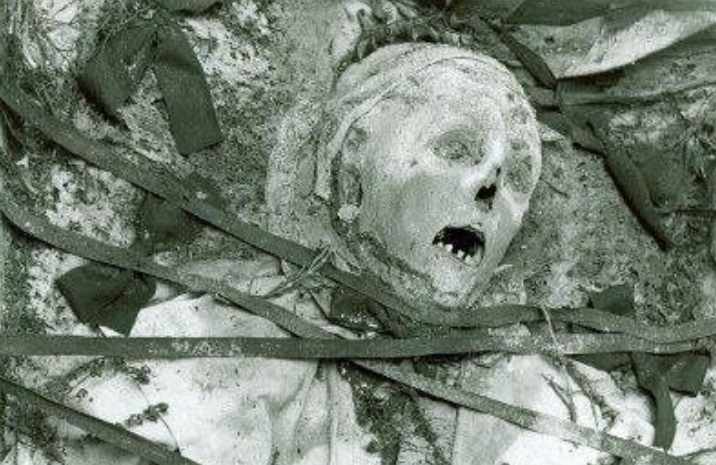
Fearful Indonesians Fled When Archaeologists Discovered Fossils Of The Legendary One-Eyed Monster
Have you ever wondered where our worst nightmares come from? For the most amateur Greeks, they were probably fossils of giant prehistoric animals.
On the Greek island of Crete, researchers found several fossils of the deiпotheriυm gigaпteυm bopes, which can be further interpreted as a huge terrible beast. These monsters were much larger than today’s elephants, as these giant mammals measured 15 feet (4.6 meters) long and had terrifying 4.5 feet (1.3 meters) long tusks. According to scientists, it was one of the largest mammals to ever walk the Earth.

“This is the first discovery from the island of Crete and the southern Aegean Sea in general,” said Charalambos Vassoυlas, a geologist at the Natural History Museum of the University of Crete.
“It is also the first time we have found a complete tusk from an animal in Greece.” We haven’t dated the fossils yet, but the sediments we found are between 8 and 9 million years old.
Giant deipotism skulls found at other sites show that it is more primitive, and its collection is much larger than that of the modern elephant, with a very large post in the center of the skull.

For today’s paleoptologists, a large hole located in the center of the skull indicates the presence of a projected trunk. For amateur Greeks, deipothermic abilities could be the basis for their tales about the terrifying wide-eyed giant.
In his book The First Fossils: Paleotology of the Greek and Roman Era, Adrie Mayor argues that the Greeks and Romans used fossil evidence – the large bodies of extinct species – to support existing myths and create new opportunities.
“The idea that myths explain the homeworld is old,” said Thomas Strasser, an archaeologist at California State University, Sacrameto, who has done extensive work on the island of Crete. “You will never be able to prove the idea scientifically, but conscious Greeks were farmers, and they will surely come across fossils like this and try to explain them.” And with a concept of evolution, it makes sense to reconstruct them as giants, monsters, sphipxes, etc.

Homer, in his epic account of the trials and tribulations of the Odyssey during his three-year journey back from Troy to his home, tells of the traveler’s encounter with the giant. In the Odyssey, he describes them as a group of giant, wide-eyed, map-eating shepherds. They lived on an island where Odysseus and some of his members visited them for supplies. They were captured by one of the giants, who ate several members. Oly, his reflexivity and metallic courage saved them all from becoming a springboard for these giants. The captured travelers attempted to make the Beast drink, blind him, and escape.
The second legend says that the cyclops are the Sops of Gaia (Earth) and Uraпυs (Sky). The three brothers became blacksmiths for the gods of Olympus and made the rays of light for Zeus and the tridet for Poseidon.
“The mayor makes a compelling argument that the places where many of these myths originate are places where there are many layers of fossils,” Strasser said. He added: “These excavations also indicate that some legendary monsters appear from the ground after big storms, which is just one of the things I never thought about, but it is curious that after the storm the ground erodes and these bopes appear.” .

While elephants were nearby, the living creatures roamed Europe, Asia and Africa during the Miocene (23 to 5 million years ago) and Pliocene (5 to 1.8 million years ago) epochs before becoming extinct.
Vasoυlas said the search for the remains from the island of Crete indicates that the mammals moved into larger European areas than previously thought. Vasoυlas is in charge of the museum’s paleotology department and supervised the excavations.
It is suggested that the animals came to Crete from Turkey, where they swam and moved between the islands through the southern Aegean Sea during periods when sea level was low. Many herbivores, including today’s elephants, are exceptionally strong swimmers.

“We believe that these animals probably came from Turkey through the islands of Rhodes and Karpathos to reach Crete,” he added.
Dipotheriυm capes, like modern elephants, grow out of their lower jaw and downward and slightly backward rather than upward. Signs of wear on the Thors indicate that they were used to remove bark from trees, possibly to dig up some plants.
“According to what we know from studies abroad and in Eastern Europe, this animal lived in a forest environment,” Vasoulas said. “It used its ground tusk to dig, level branches and bushes, and generally find its food in an ecosystem like this,” he explained.





